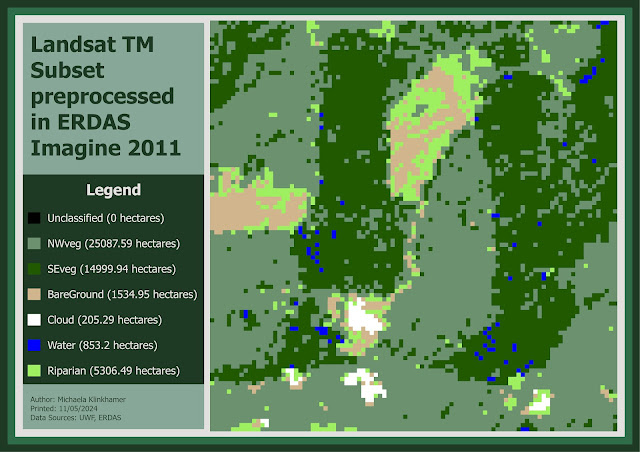GIS 5007L - Computer Cartography - M5: Choropleth Maps
Introduction and Objectives
In our latest lab assignment, we embarked on a journey to create a thematic map that visually represents data across different geographical units. The assignment involved producing a choropleth map highlighting population densities in European countries, supplemented with proportional or graduated symbols indicating wine consumption levels. The primary objective was to utilize visual representation to make complex data more accessible and interpretable.
Thematic Techniques and Classification Schemes
Choropleth maps are a staple in the cartographer's toolkit, using color to represent the intensity of data across predefined areas. For our map, population density was the selected metric. We opted for graduated colors to ensure a clear distinction between areas with varying population densities. The classification method used was Natural Breaks (Jenks), which is particularly effective for data with significant variances as it reduces variance within classes and maximizes variance between classes. This method was chosen to best highlight the areas of high and low population density without the skew of outliers.
In addition to the choropleth, we incorporated proportional (or graduated) symbols to represent wine consumption per capita. This dual mapping approach allowed for an analysis of how population density might correlate with wine consumption across different regions.
Map Creation Process
The map was created using ArcGIS Pro, a leading software in the field of geographic information systems (GIS). The steps included:
- Data Acquisition: We sourced our data from a prepared module folder and reviewed it for accuracy and relevance, focusing on population density and wine consumption metrics.
- Initial Map Setup: A new project was initiated in ArcGIS Pro where we added the European population data as a layer.
- Symbolization: We applied graduated colors for population density and adjusted the color ramp to improve visual clarity. Proportional symbols were then added to represent wine consumption, adjusting sizes to ensure they were proportional to the data values. This was later changed to graduated symbols because of the clutter from the proportional symbols.
- Classification and Exclusion: Data classification was handled with care, employing SQL queries to exclude outliers that could skew the visual representation of the map.
- Refinement: Continuous refinement of Symbology settings ensured that the map was both informative and aesthetically pleasing.




Comments
Post a Comment